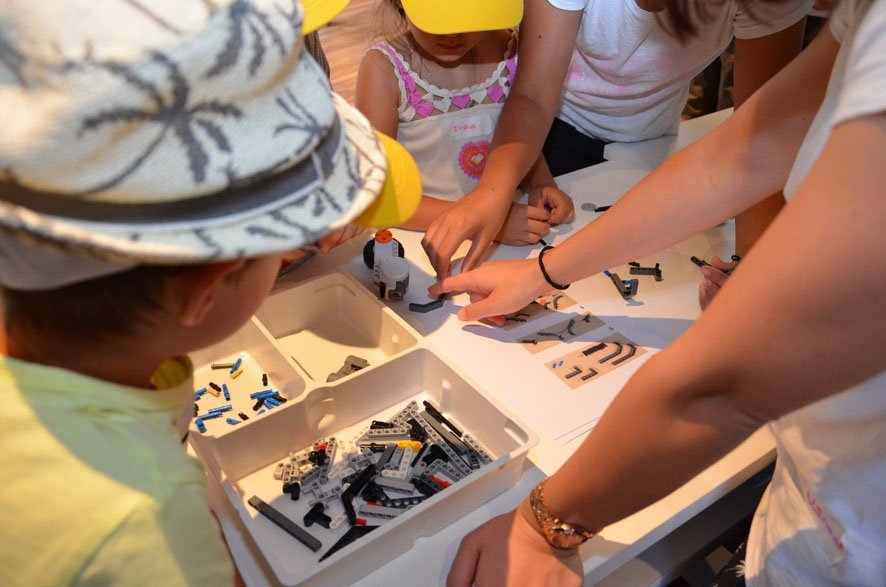The program Introduction to Educational Robotics is designed for students in the upper classes of primary school, where through group work around the construction of a robotic model that interacts with the real world in real time, children live an exciting and entertaining experience that they do not want to end!
Each construction has “artificial intelligence” that is the product of students’ algorithmic thinking and is realized through a digital program, which they easily draw themselves on the touch screen of a tablet wirelessly connected to the robotic structure.
The realization of this whole process involves children in practical, active, teamwork exploratory experimentation (early scientists), helps them conquer learning, knowledge and language skills through questioning, search for motifs, choosing strategies and formulating conclusions.
The knowledge that children acquire in this program may of course be useful to them if they want to participate in the annual Pan-Hellenic Educational Robotics Competition for Primary School students, which is the forerunner of the World Olympics of WRO.
Cross-curricular knowledge
- Physics: Friction, Velocity, Force, Laws of Mechanics
- Technology: Complex Machines, Automatic Robotic Structures
- Mechanics: Mental Bipolar – Static or Flexible Structure, Strength or Speed
- Mathematics: Complex Numeric Operations, Pattern Search, Algorithms & Simple Programming
Topics
Section 1: Introduction to Robots & Robotic Constructions, Machines and Mechanisms
Section 2: Familiarity with the tablet & programming environment, motor construction and remote control
Section 3: Introduction to sensors and automation, remote control selection or robotic construction autonomy
Section 4: Familiarization with the use of simple algorithms in programming the autonomy of robotic constructions (decisions, repeats)
Section 5: Application of skills in the construction of “advanced” robotic structures

